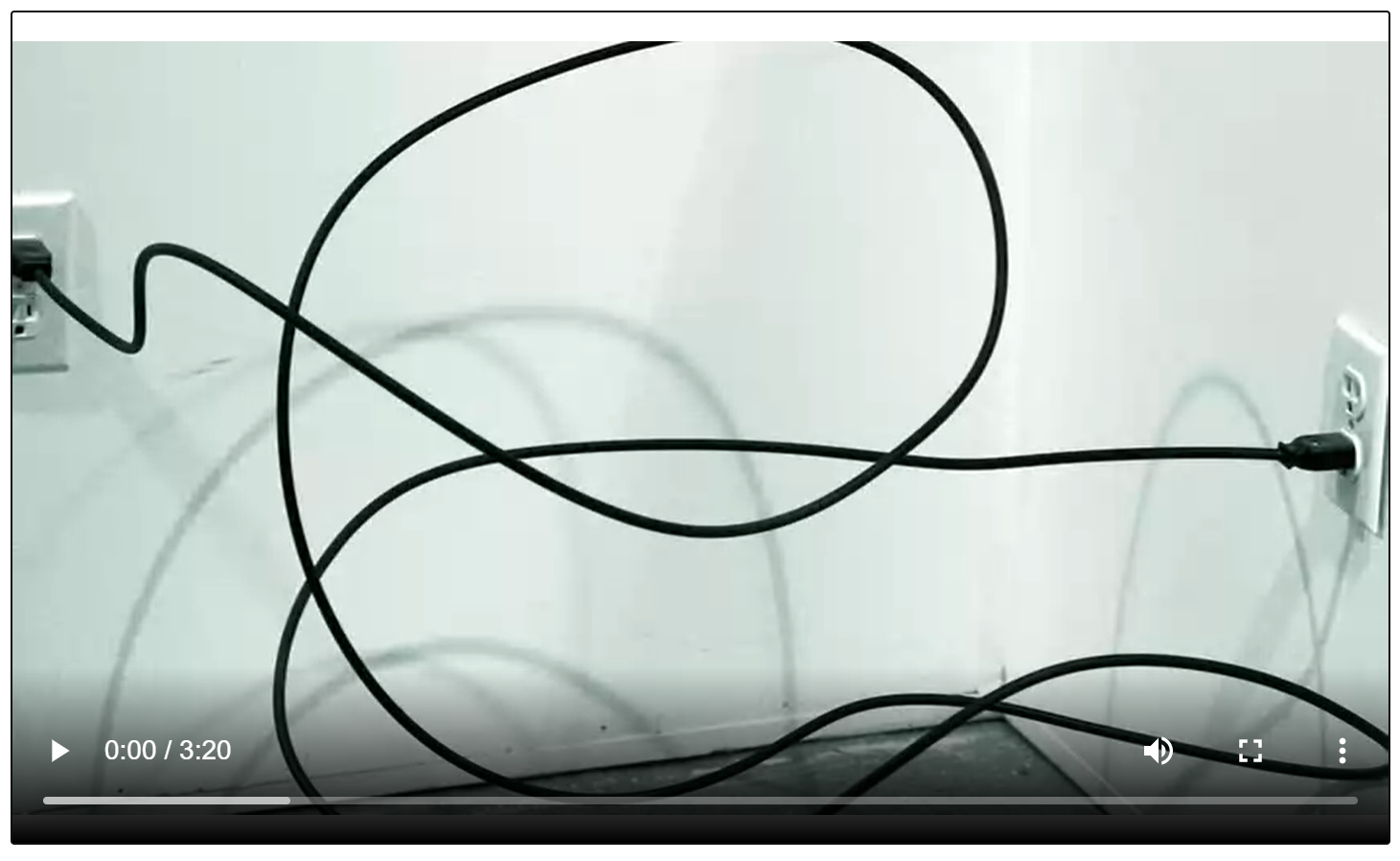About Creative Commons
Creative Commons began in response to an outdated global copyright legal system. Creative Commons licenses are built on copyright and are designed to give more options to creators who want to share their work.
The default of “all rights reserved” copyright is that all rights to copy and adapt a work are reserved by the author or creator. Creative Commons (CC) licenses adopt a “some rights reserved” approach, enabling an author or creator to free up their works for reuse by the public under certain conditions. [click here to learn more about copyright]
The founders of Creative Commons recognized the mismatch between what technology enables and what copyright restricts and provided an alternative approach for creators who want to share their work. Today that approach is used by millions of creators around the globe.
Learning Objectives
By the end of this chapter, you will have
- explored some of the legal and cultural reasons informing the development of Creative Commons
- considered legal and cultural reasons for incorporating Creative Commons licenses into your own practice
Personal Reflection/Why it Matters to You
When did you first learn about Creative Commons? Think about how you would articulate what CC is to someone who has never heard of it. Some readers have shared thoughts in the Hypothes.is annotation layer of this resource.
To fully understand the organization, it helps to start with a bit of history.
Creative Commons Begins
The story of Creative Commons begins with copyright. Copyright grants a set of exclusive rights to a creator, so that the creator has the ability to prevent others from copying and adapting their work for a limited time. In other words, copyright law strictly regulates who is allowed to copy and share with whom.
The internet has given us the opportunity to access, share, and collaborate on human creations (all governed by copyright) at an unprecedented scale. The sharing capabilities made possible by digital technology are in tension with the sharing restrictions embedded within copyright laws around the world. Creative Commons was created to help address the tension between creator’s ability to share digital works globally and copyright regulation. [Learn More ].
From the start, Creative Commons licenses were intended to be used by creators all over the world. The CC founders were initially motivated by a piece of U.S. copyright legislation, but similarly restrictive copyright laws all over the world restricted how our shared culture and collective knowledge could be used, even while digital technologies and the internet have opened new ways for people to participate in culture and knowledge production. Watch this short video, A Shared Culture, to get a sense for the vision behind Creative Commons.

In domains like textbook publishing, academic research, documentary film, and many more, restrictive copyright rules can inhibit creation, access, and remix. CC tools are among the resources helping to solve this problem. Today Creative Commons licenses are used by more than 1.4 billion works online across 9 million websites. You can learn more about Creative Commons at creativecommons.org/about.
Digital technology can make it possible for online content to be consumed by millions of people at once, and it can frequently be copied, shared, and remixed with speed and ease. But copyright law places limits on our ability to take advantage of these possibilities. Creative Commons was founded to help us realize the full potential of the internet.
Today CC licenses are prevalent across the web and are used by creators around the world for every type of content you can imagine. The open movement, which extends beyond just CC licenses, is a global force of people committed to the idea that the world is better when we share and work together. Creative Commons is the nonprofit organization that stewards the CC licenses and helps support the open movement.
CC legal tools are an alternative for creators who choose to share their works with the public under more permissive terms than the default “all rights reserved” approach under copyright. The legal tools are integrated into user-generated content platforms like YouTube, Flickr, and Jamendo, and they are used by nonprofit open projects like Wikipedia and OpenStax. They are used by formal institutions like the Metropolitan Museum of Art and Europeana, and individual creators.
For a creative take on Creative Commons and copyright, listen to this song by Jonathan “Song-A-Day” Mann about his choice to use CC licenses for his music. In addition to giving creators more choices for how to share their work, CC legal tools serve important policy goals in fields like scholarly publishing and education. Watch the brief video, Why Open Education Matters, to get a sense for the opportunities Creative Commons licenses create for education. Collectively, the legal tools help create a global commons of diverse types of content—from picture storybooks to comics—that is freely available for anyone to use.
Wrapping Up
When you think about Creative Commons, do you think about the licenses? Activists seeking copyright reform? A useful tool for sharing? Symbols in circles? Something else?
Are you involved with Creative Commons as a creator, a reuser, and/or an advocate? Would you like to be? Write out or draw what you could create with resources licensed ‘some rights reserved’.
Reviewed 11.18.2024, kathy.essmiller@okstate.edu

